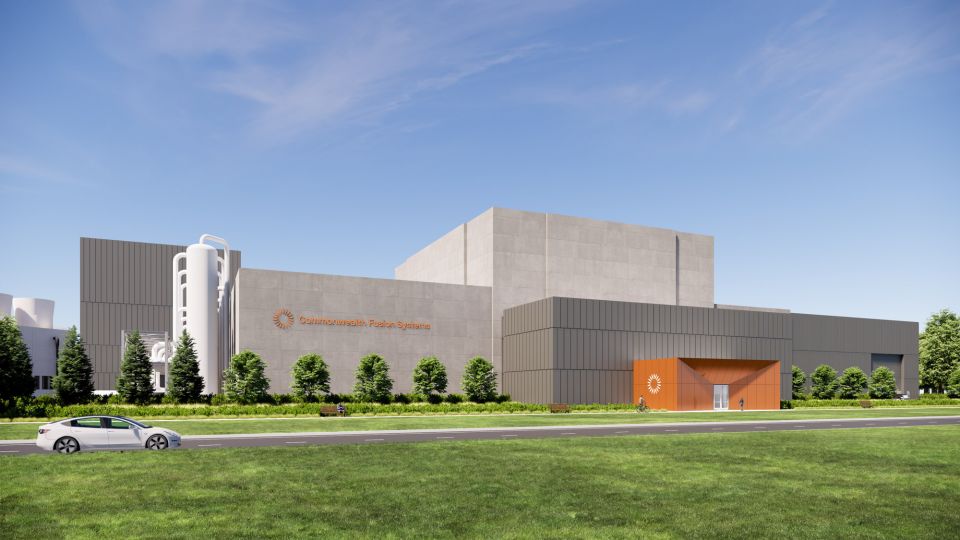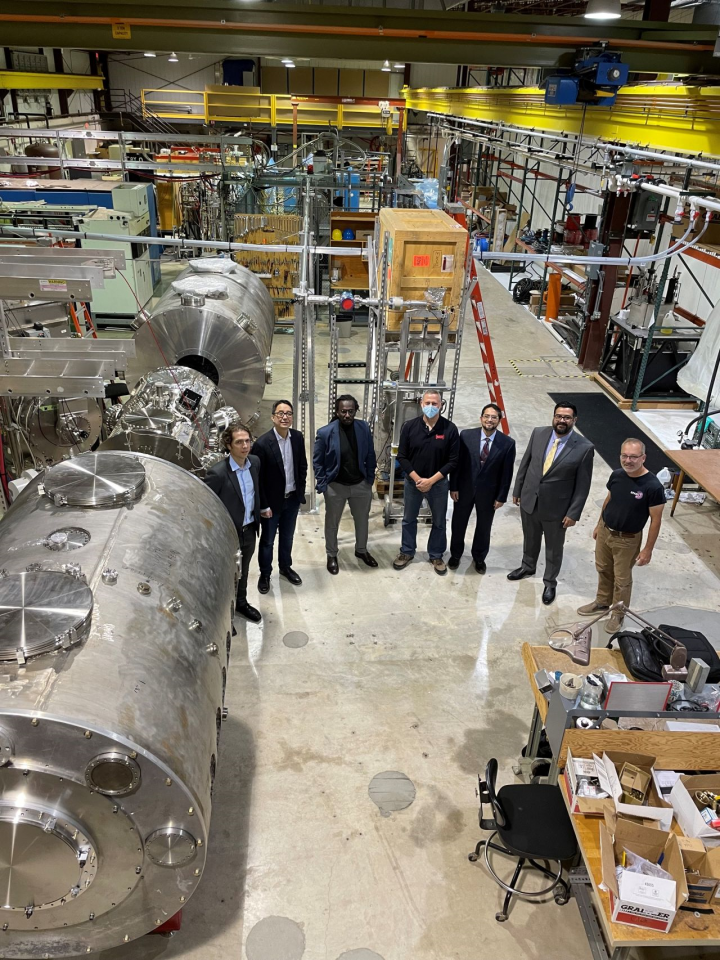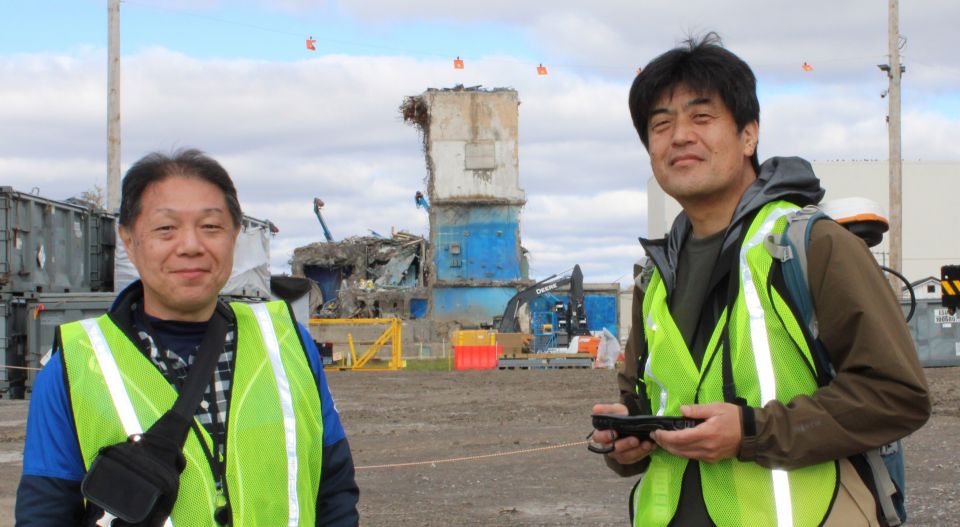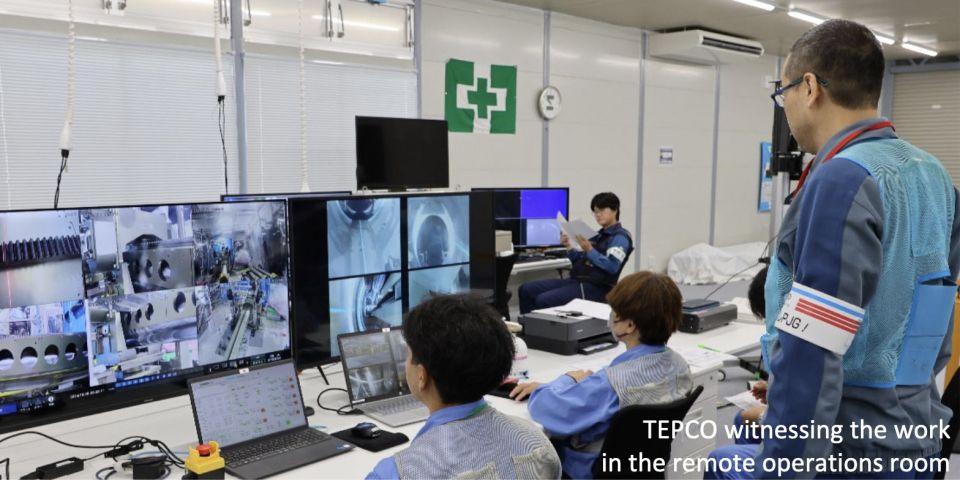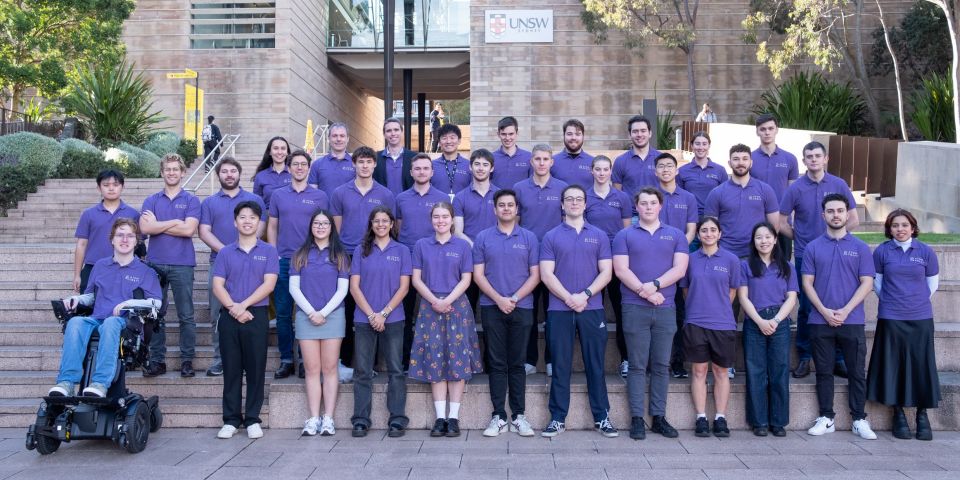U.K., Japan step up progress toward fusion power demonstrations

Japan’s recent moves to boost fusion power in the nation’s energy plan and accelerate the timeline for a prototype fusion power plant come in response to increased global attention on fusion energy. Even as ITER faces delays, more than 40 private fusion developers are pursuing different technologies and competing for attention. And so are other countries, including the United Kingdom, which announced its plans for a fusion pilot plant back in 2019. Fusion companies and nations alike are responding to a growing sense that there is a race—or at least collective momentum—to commercialize fusion energy.

STEP’s new branding includes an ‘S’ symbol with paths curving toward a central star. (Photo: UKAEA/STEP)
Staying at the forefront: A set of FAQs on the United Kingdom’s flagship fusion program—STEP, the Spherical Tokamak for Energy Production—includes a question that frames the pursuit of fusion power as a contest with winners and losers: “Who else is trying to produce a fusion plant like this in the world and are they going to beat us to it?”
The answer, according to STEP: “Since the U.K. announced STEP, several other countries have announced similar government-funded programs, and there is also a growing number of private fusion companies with a range of approaches to fusion—it is not clear whether all approaches will succeed. Achieving sustainable fusion energy is extremely difficult. It is one of the great scientific and engineering challenges of our time.
“STEP is a vital and exciting opportunity for the U.K. to lead and deliver a new solution for the climate and to help keep the U.K. at the forefront of the commercial delivery of fusion. STEP is not a science experiment and aims to demonstrate net energy from the prototype fusion plant—many other fusion programs still have scientific aims.”
STEP progress: The United Kingdom announced its plans for STEP in 2019, and its chosen site—West Burton in Nottinghamshire, in England’s East Midlands near a former coal power station—in October 2022. Now, STEP is “working toward getting permissions and consents in place for construction to start in the early 2030s. The prototype power plant is targeted to commence first operations in the early 2040s,” according to the project FAQs.
Members of the neighboring city of Gainsborough joined other stakeholders and officials for an event on July 23 designed to showcase advancements and future plans for STEP. The team introduced new branding and provided a series of updates about the STEP program, including the site, supply chain, and technical progress. The STEP program will create “thousands of jobs” during construction and “aims to build a bold new industry that will place the Midlands and U.K. at the forefront of fusion-related engineering and commercial progress,” according to the U.K. Atomic Energy Authority.
Paul Methven, chief executive officer of U.K. Industrial Fusion Solutions, the company that will be responsible for the delivery of STEP, said, “We are working together, with one mission, to develop fusion energy, scale it, and deliver it at pace. We have the theory we need for abundant energy. Now, with STEP, we’ll turn that into practice. We are asking everyone to join our mission to fusion—you can all be part of helping to secure our future on this planet.”
Japan prioritizes power: On July 10, a panel of experts tasked by Japan’s Ministry of Education, Culture, Sports, Science, and Technology (MEXT) to pursue an “integrated innovation strategy” indicated that it plans to revise the country’s policy for research and development on fusion power prototype reactors, according to a Japan Atomic Industrial Forum news release issued July 26.
The new plan will replace a 2017 policy that “took into consideration the operating stages of the International Thermonuclear Experimental Reactor (ITER) Project,” according to JAIF. The new policy will still take ITER’s progress into consideration but will also be “based on targets for nuclear fusion development in other countries.”
The revision calls for shifting to the prototype reactor stage and “swiftly realizing a scientifically and technologically significant demonstration of power generation, leading to social implementation.”
Japan’s Strategic Energy Plan is now being revised by the governing Liberal Democratic Party to clarify Japan’s position on fusion energy, according to JAIF. The government’s Integrated Innovation Strategy and the 2024 version of Japan’s Grand Design and Action Plan for a New Form of Capitalism, both released in June 2024, included the goal of a fusion power demonstration in the 2030s.
J-Fusion: A new fusion energy industry organization known as the Japan Fusion Energy Council, or J-Fusion, was established in late March to foster a Japanese fusion industry based on direction in the nation’s Fusion Energy Innovation Strategy released in 2023.
According to J-Fusion, 21 companies were involved in its founding, including manufacturers and general contractors, and more recently 29 new companies and organizations have joined, with more applications under consideration.
“The momentum for the practical application of fusion energy has become very heightened around the world over the past four to five years,” said Satoshi Konishi, chair of J-Fusion, who is also the cofounder and CEO of Kyoto Fusioneering Ltd. “The backdrop to this is that we are entering a phase where countries are trying to develop fusion energy as a new industry with an eye toward commercialization in the context of increasingly serious global environmental and climate issues. . . . Until now, fusion energy has been the subject of national planning and basic research by public institutions around the world, partly due to technical difficulties. However, it is necessary for the industry to create systems in order to go beyond this fusion energy research to the stage where energy is actually delivered to consumers.”


